When I was a child, I was lectured by my elders when I was sitting and standing in the wrong posture:
The back should be straight, otherwise the hunchback will not grow long!
Many readers have had such experiences.
When we see those hunched and tottering old people in their seventies and eighties, will we have the idea that [it is all because they did not pay attention to good posture when they were young]?
With the growth of age, many people who were originally tall and straight will indeed become hunchback and shorter. This is actually one of the manifestations of calcium deficiency and osteoporosis.
Osteoporosis, fracture of the vertebral body, shortening of the spine and tilting forward can cause scoliosis or hunchback. When hunchback is serious, the knee joint will also bend. The intervertebral space and joint space will also compress and narrow. These factors can shorten a person’s height.
As can be seen from the backstage message, this matter has troubled many people. Dr. Huang Zheyuan of orthopaedics will talk about osteoporosis, the main culprit leading to [shrinkage].
How does osteoporosis happen?
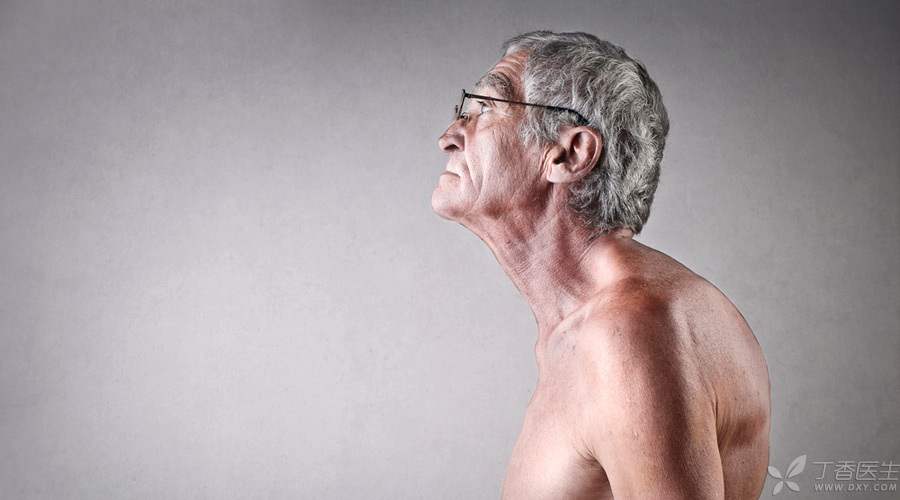
Bone is not as stable as it seems, it is always in the dynamic process of bone formation and destruction.
When we are young, bone formation is greater than loss, and we gradually grow taller and become burly or graceful.
In adulthood, the formation and destruction of bone reach a dynamic balance, so our bodies look static.
As you get older, the destruction of bone will exceed the amount produced. When you are young, the accumulated bone is lost too much, and osteoporosis occurs.
The old man became shorter and came quietly…
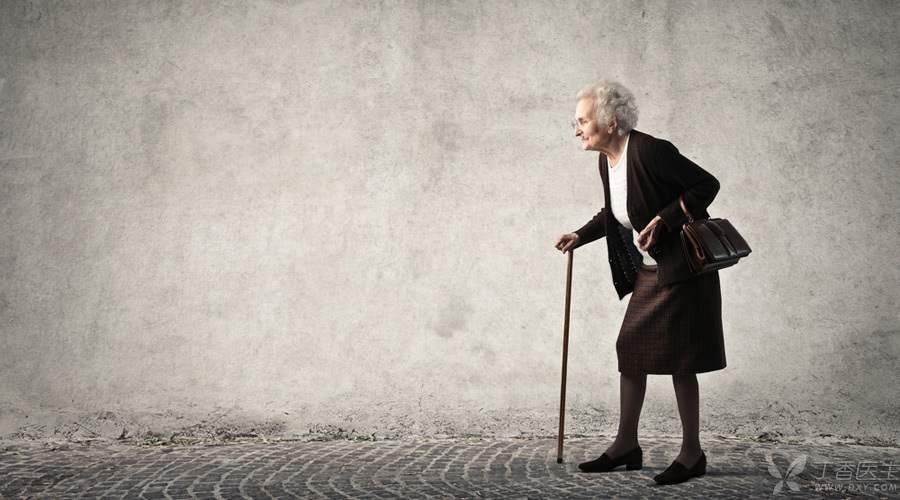
The human trunk is supported by the spine, and the vertebral bone is mainly composed of cancellous bone. Osteoporosis is also most likely to occur in cancellous bone.
As a result, the strength and compression resistance of bones are greatly reduced, and some minor fractures will occur inadvertently.
When the elderly do some movements such as twisting their bodies and bending over to hold objects, they suddenly feel lumbago, which may be the occurrence of compression microfractures of the spine. These microfractures are difficult to see from X-ray films.
When osteoporosis is serious, even the weight of the elderly themselves may make the vertebral body deformed and shortened. If each vertebral body is shortened by 0.2 cm, all 24 vertebral bodies can be shortened by 4.8 cm. The stature naturally becomes shorter.
Women are more prone to osteoporosis,
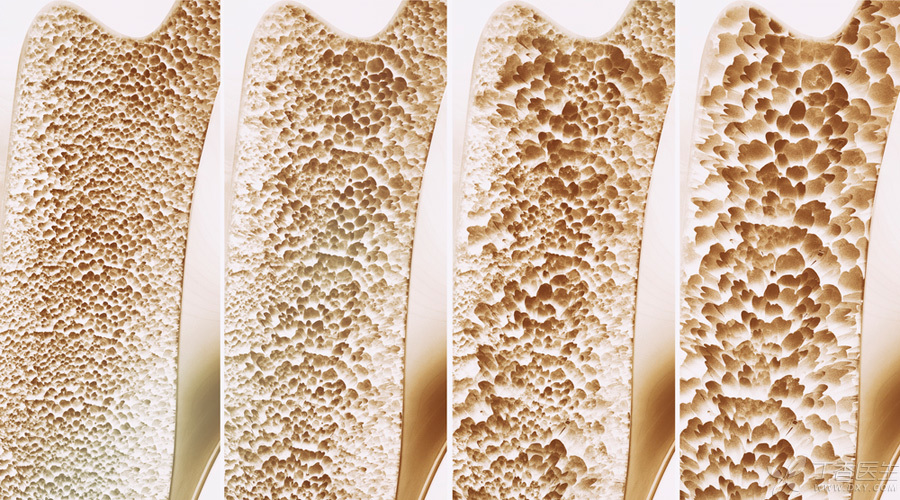
In my impression, there seems to be much more hunchbacks and shrinkage of aunts than uncles. Why?
If we think of the bone in our whole body as a reservoir, then the reservoir is in the process of continuous water addition (bone formation) and water release (bone destruction).
Men have more androgens, which can promote bone formation. Women have more estrogens, which can inhibit bone loss. A twisted tap (androgens) and a blocked water (estrogens) make men and women [tied], and the water in the reservoirs of both sides is similar.
However, when women approach menopause, estrogen secretion will be greatly reduced, thus accelerating bone loss.
Osteoporosis in women is usually 10 to 20 years earlier than that in men, and is often more serious.
According to statistics, the prevalence rate of spinal fractures among women over 50 years old in China is 15%, which is equivalent to one in seven women over 50 years old having spinal fractures.
Can calcium supplement prevent dwarfing?
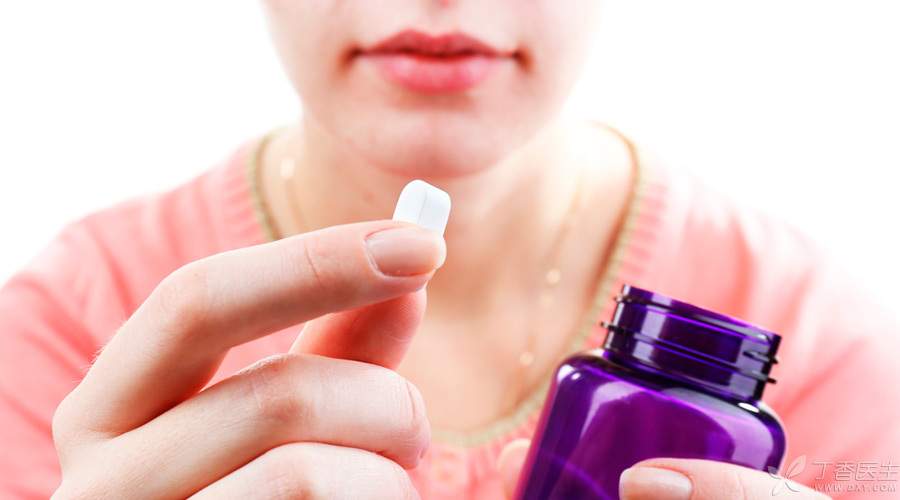
Calcium tablets and vitamin D are the golden partners for anti-osteoporosis and the basic drugs for the treatment of osteoporosis.
But what is more important is to see how much calcium is absorbed, not just [just eat it].
At present, common anti-osteoporosis drugs can play a role in increasing water release (promoting calcium absorption) and blocking water leakage (inhibiting calcium loss).
Clinically, the latter drugs to inhibit calcium loss are more commonly used-blocking water leakage is equivalent to preserving bone.
At present, the anti-osteoporosis drug recommended by clinicians is miguda (zoledronic acid). This drug only needs to be injected once a year, which can effectively enhance bone strength, reduce the occurrence of microfractures, and further reduce the occurrence rate and degree of [shrinkage].
In addition to calcium supplement, this should also be done.
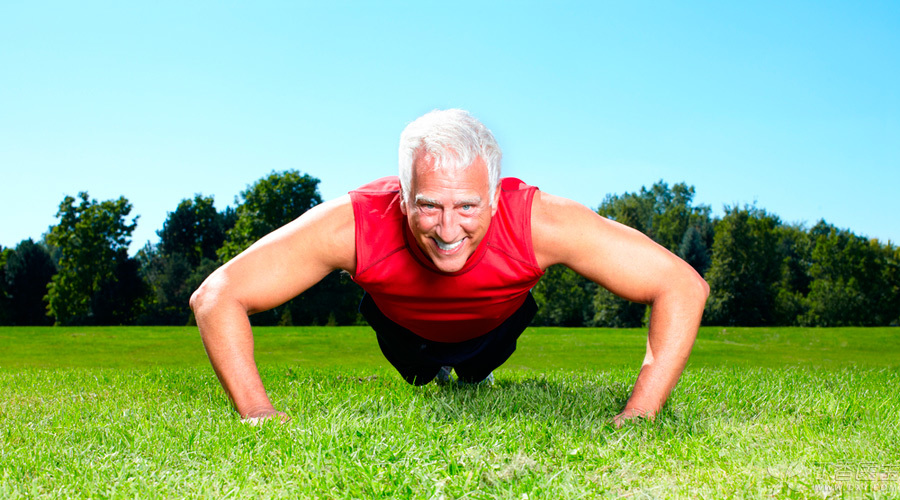
Step 1 Quit smoking and drinking
Alcohol and tobacco are important reasons for bone loss and bone mineral density reduction.
2. Salt limit
High-salt foods consume calcium in the body.
Step 3 Exercise regularly
Lack of activity will weaken and thinn the bone strength. Weight-bearing exercise and resistance exercise can increase the local bone mass of the stressed bone.
It is best to ensure the intensity of exercise for more than half an hour 5 days a week. Quick walking, dumbbell exercise, weightlifting, etc. are all good choices.
Step 4 Get more sun
Promote calcium absorption. But don’t get sunburned.
5. Regular physical examination, pay attention to prevent falls
Find osteoporosis as soon as possible, strengthen self-and environmental protection measures, prevent falls, and pay attention to whether there are diseases and drugs that increase the risk of falls.
Finally, menopausal women can take some estrogen under the guidance of doctors.
Old age, hunchback and dwarfing are physiological phenomena that are quite common.
However, remember these suggestions mentioned by Dr. Huang, you can still have a tall and straight posture when you are in your seventies and eighties. Hold your head high and be energetic!
